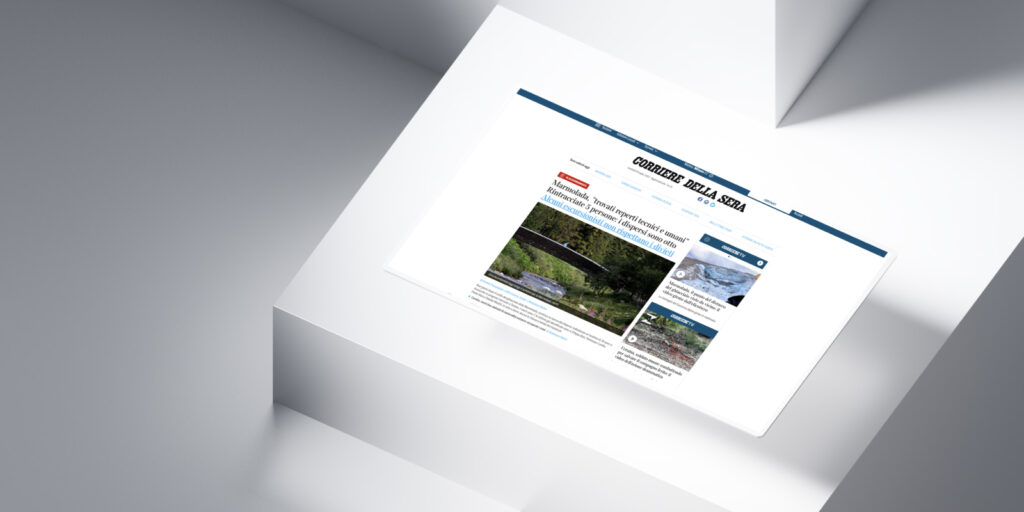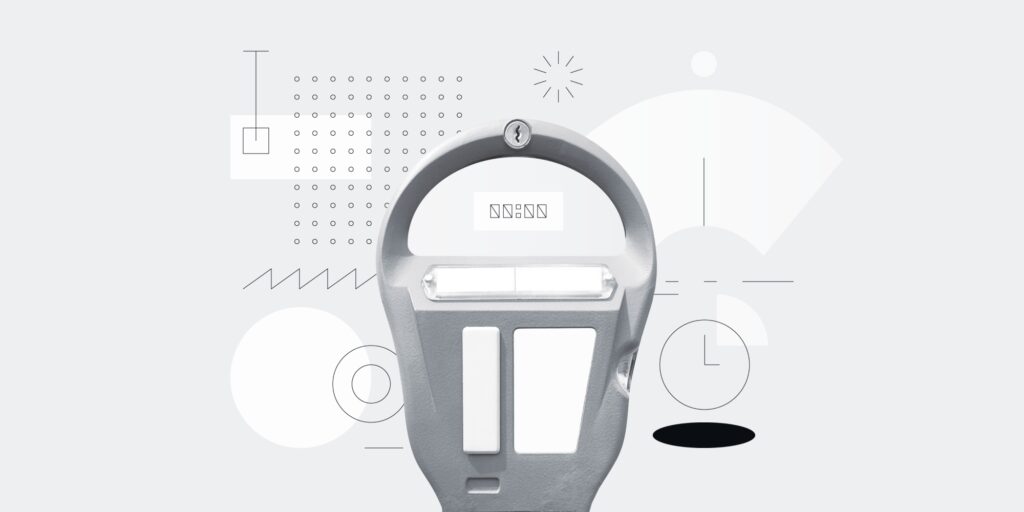Sustaining the News Business Through Crisis
As the COVID-19 crisis intensifies around the world, the incredible value that newsrooms provide has never been clearer. The information that journalists are working around the clock to deliver may save as many lives as our heroic, overburdened healthcare systems.
Yet this crisis comes at a time when newsrooms are under incredible pressure as businesses. News outlets will always strive to serve the public, providing access to critical information about public health and safety and establishing trust. They need to monetize without compromising on these other values.
The right strategic approach in this moment is a decision that news executives need to make based on the particulars of their business and readership. To assist in that decision-making, Piano’s strategic services team has reviewed various approaches taken by our clients and other major publishers, providing perspective on each:
Partially open paywall
This seems to be the most popular approach, though the precise manner of opening up the paywall varies. In some cases, opening up the paywall means running price promotions or offering free access to individuals who don’t have the means to pay (akin to what Sam Harris does on an ongoing basis). In other cases, this may mean creating a division in COVID-19 coverage — with articles essential for public health outside the paywall and articles on the economic implications of the virus gated, for example. Publishers as varied as TechCrunch, The Daily Beast, The Economist, and The Local are making these sorts of distinctions on an article-by-article basis. For Piano clients using metered paywalls, one approach has been to continue to count COVID-19 articles toward meter expiration, while always granting access to that coverage. The effect is that when a user lands on an article covering another topic, for example, a stock market update, the meter will be expired and the article locked.
Open paywall while promoting subscriptions or donations
Many clients are choosing to put all COVID-19 coverage outside the paywall while putting up messages on these stories noting they are doing so and encouraging readers to subscribe to support this vital work. For example, The Philadelphia Inquirer is embedding messages in COVID-19 stories such as this one, linking out to both their subscription landing page and their investigative news fund page. Some clients have reported a significant surge in donation support in the past week. A partial list of other Piano clients opening up COVID-19 coverage include Gannett, Chicago Sun-Times, SME, National Post, and Cafe.com.
Replace paywall with regwall
This strategy allows for COVID-19 content to remain freely available while increasing your mailing list. The hope is that you will build relationships for the future by creating trust and serving the public good. And that you will be able to convert a good number of these registered users into paying customers once this crisis has passed. The most prominent publisher deploying this strategy is the New York Times, which has kept its regwall in place for pandemic coverage. Another variation on this approach is to remove the paywall entirely and rely on newsletter signups — often by promoting a COVID-19 specific newsletter — to develop deeper connections with your readers. In both cases, clear messaging to readers about the decision to provide open access is essential.
Keep the paywall up
Piano clients who are keeping their paywalls intact — with significant amounts of COVID-19 coverage gated — are seeing meaningful increases in digital subscriptions. This approach is most appropriate for sites that primarily cover topics outside of general news. Health risk to readers aside, the risk of this strategy from a business perspective is inciting a backlash for appearing to profiteer off of a pandemic. You may get more subscribers, but you’ll need to devise a communication strategy so they don’t resent your brand. Additionally, for news sites offering free or low-priced trials, there’s a chance that these new subscribers will churn at high rates once the trial period is over.
Lastly, even as publishers are focused on balancing access and acquiring new subscribers, it’s equally important to maintain the connection to existing subscribers. A tactic as simple as sending an email thanking subscribers for their support and directing them to key elements of coverage can be effective.
These strategic choices are not easy. Regardless of the approach, the most important thing is to communicate clearly with readers about what’s being done and why. While the natural impulse in this environment is to forget about revenue and just focus on serving the public good, if news outlets can strike the right balance between monetization and public service they will help ensure not just that they help their communities throughout this pandemic, but that they are around to provide the same level of coverage when the next crisis hits.






